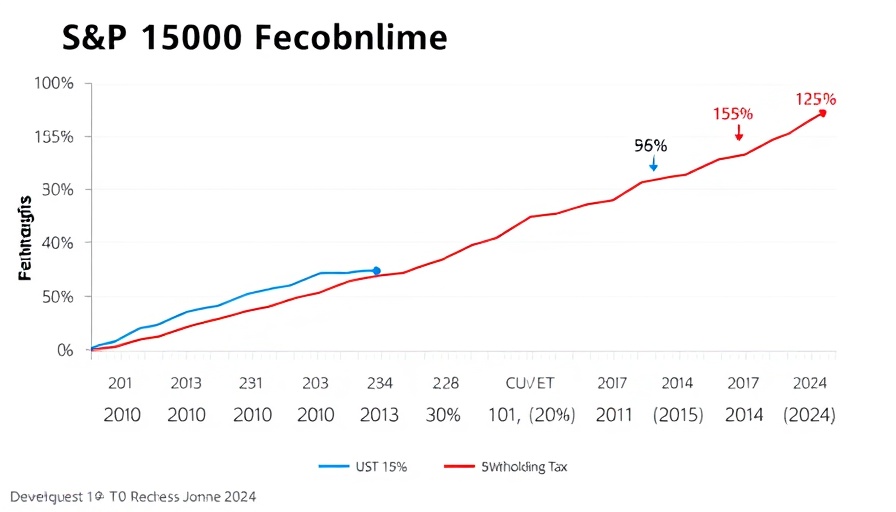
Understanding Trump's Proposed 'Revenge Tax'
President Trump's latest legislative offering, humorously dubbed the "revenge tax," stems from Section 899 of the One Big Beautiful Bill, a sweeping tax and spending act making its way through Congress. This regulation specifically targets foreign individuals, corporations, and governments perceived as imposing unfair taxes on U.S. entities, raising concerns among investors.
The Implications for U.S. Investors
What does this mean for individuals in countries typically seen as allies, such as the UK or Canada? If enacted as currently drafted, the revenge tax could increase the U.S. withholding tax (WHT) rate. For investors holding American asset-backed income from abroad, this translates into potentially higher tax liabilities.
The current WHT on income derived from U.S. assets for non-residents is set at 30%. However, agreements like the Double Taxation Agreement (DTA) between the U.S. and countries like Ireland and the UK reduce this to 15% for eligible funds. If Section 899 is passed, you might miss out on these lower rates, leading to diminished net returns on your investments.
How to Mitigate Risks
Investors should take proactive measures to safeguard their portfolios from proposed rate changes. Filling out a W-8BEN form is one way to ensure your WHT remains at a lower tax band when holding individual U.S. stocks. Alternatively, consider housing your American investments in a pension scheme or a Self-Invested Personal Pension (SIPP) where, ideally, you might benefit from a 0% tax rate.
The Ongoing Debate in Congress
Details around Section 899 are still developing, with the House version already voted upon and a Senate vote looming. Investors and financial institutions alike should monitor these discussions closely, as amendments resolving the specifics of the proposal could drastically shift its influence on international taxation and investment strategies.
Understanding and reacting to these potential changes will be vital for financial institutions and service providers looking to adapt their strategies accordingly.
 Add Row
Add Row  Add
Add 




Write A Comment